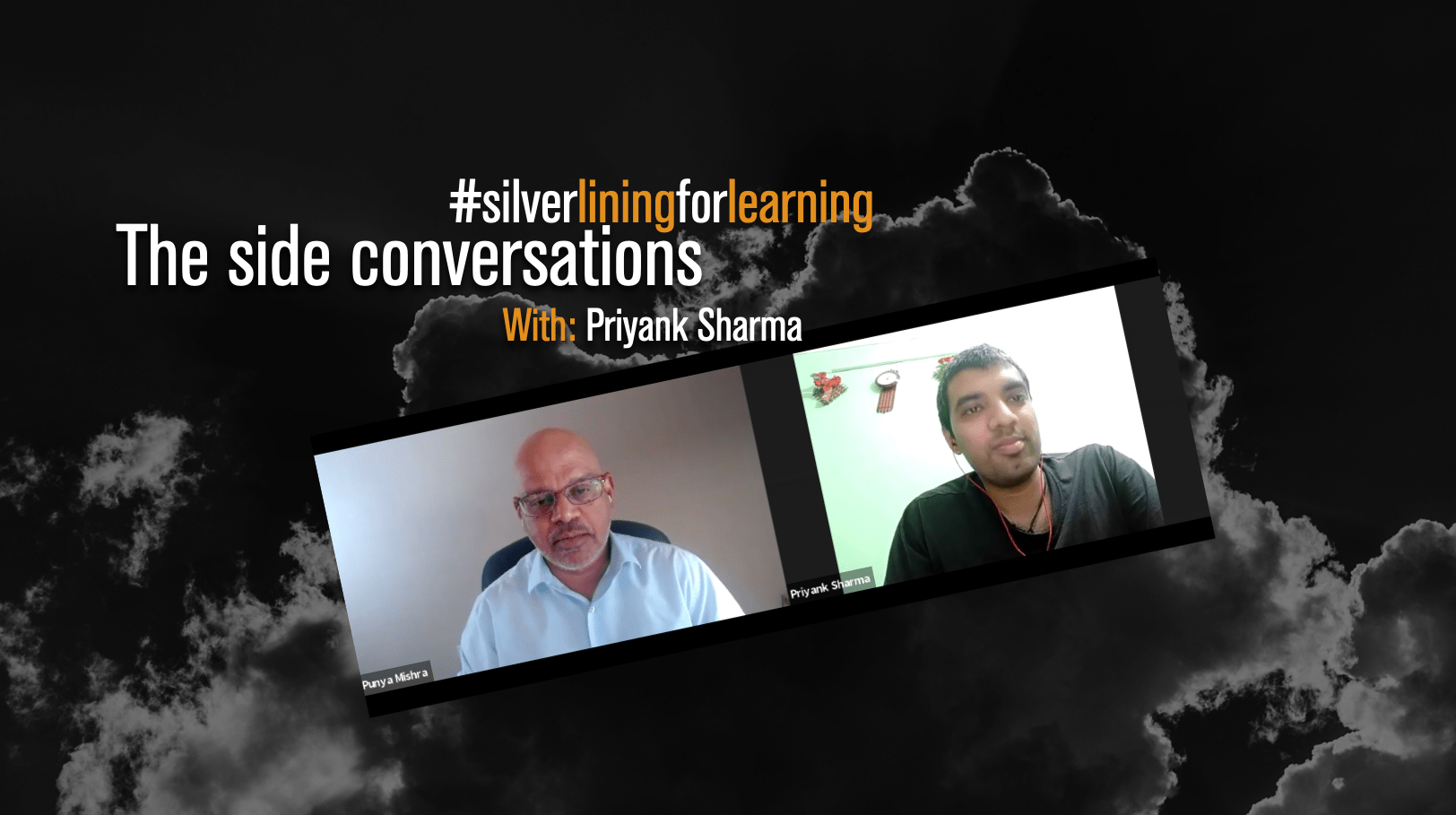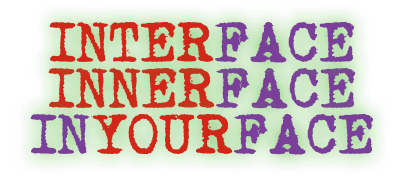My mashup of a commercial has been on YouTube for a while and just yesterday I noticed that someone had left a very thoughtful comment… and that comment got me thinking… and hence this posting.
To start with, if you haven’t seen the videos here they are again.
[youtube width=”425″ height=”355″]http://www.youtube.com/watch?v=e50YBu14j3U[/youtube]
And my response:
[youtube width=”425″ height=”355″]http://www.youtube.com/watch?v=_uozG9td6AE[/youtube]
The comment by user witchyrichy to my mashup was as follows:
Nice mashup…but I’m not sure that I agree that a lecture is still a lecture. The technology makes it possible to break that lecture into segments, review different sections, and even, as you did here, cut and paste the important pieces into something new. I listened to a talk by Steinem through Yale’s itunes site: yes, it was a lecture but it was one I would have never heard otherwise, one I could share with others, etc. So, a lecture isn’t always a lecture, imho.
I think the witchyrichy makes a really good point here and something that had been nagging me a bit. What is somewhat ironic is that Matt Koehler and I have been trying for the past year or so to develop a new form of presentation, one that takes a lecture and makes it dynamic. A good example would be the keynote we gave at the SITE 2008 conference Thinking Creatively, Teachers as Designers of Technology, Pedagogy & Content. We “appropriated” a bunch of ideas from Larry Lessig and Dick Hardt (and in the case of the SITE keynote, Steven Colbert!).
To add (self)-insult to irony, I have blogged about lectures and how they can be creatively constructed previously here. Read my earlier posting about The 60 second lecture.
To sum it up, it appears that I may have gone a bit overboard with my critique of a lecture. That said, the larger point I was trying to make in my mashup, about a lecture not necessarily being the best use of technology for teaching, still stands.




I liked the simple and yet powerful message…lecture is lecture it does’nt matter where?when?on what device one sees..
Thanks Sean that was really well put. I particularly like the sentence: “If I had the resources to produce such a slick video as the one you mashed, you had better believe that it would send a different message.” I think that hits the real issue on the head. We are defined by the choices we make and the people who made the video felt that a lecture streamed through multiple devices was the best way to represent themselves.
No- I still think your take on the ad was spot-on. Here is why I say so:
When you market something… you highlight the very best your product has to offer. To not do so would just be weird. If I were putting together a three minute video that markets the student experience in my classroom, I WOULD depict me delivering content directly to students. However, I would be very careful about how many seconds of those three minutes were taken up by this view.
I would want the amount of time I am “lecturing” to reflect a similar ration of what goes on in my classroom. I would also want the receiver of said video to come away with the obvious notion that what I value as in instructor are the conversations that originate from students… and perhaps especially the rich conversations that happen between my students.
I would also want to show them exploring in tactile ways… writing, thinking, reading, annotating, rearranging and creating content of their own. If I had the resources to produce such a slick video as the one you mashed, you had better believe that it would send a different message.
Teacher talk when done by a sensitive and skillful professional is not only acceptable… it is inspiring. However, we all know that if the whole of the educational experience doesn’t move beyond this then something is certainly lacking.
I think the video is very telling, and I would defend your interpretation of its message.
Sean
Mike, thanks for sharing your idea. I think it is a great way of taking a lecture (through the use of technology) to another level. Let me know how the experiment pans out. thanks ~ punya
When I saw your mashup, it made me start experimenting with lectures via Voicethread where it would allow students multiple views, repeats as witchywitch said, and also have the lecture act as a discussion board that can last throughout the year. Imagine students remembering a lecture about the Bill of Rights while studying the Reconstruction Period 2-3 months later in class. They can go back to that original lecture and continue to add to the conversation.